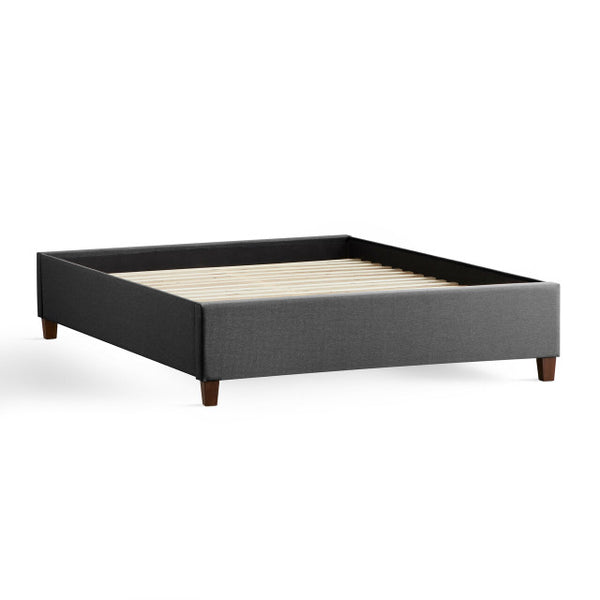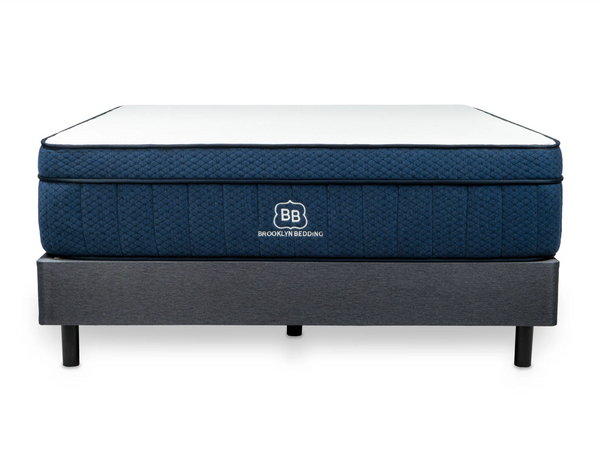
In today's fast-paced world, a good night's sleep can feel increasingly elusive. One crucial factor affecting sleep quality is our sleep environment. A perfectly curated sleep space is not just a luxury; it’s a necessity for anyone striving for restful nights and productive days. In this guide, we’ll explore actionable steps you can take to transform your home into a sanctuary of slumber.
The Importance of a Sleep-Conducive Environment
Why does the environment around you matter for sleep? Your sleep setting can affect everything from temperature regulation to light exposure and sound disturbance. Let’s dive into the core aspects that make up an ideal sleep environment.
1. The Role of Darkness
Light exposure before bedtime can disrupt your natural sleep-wake cycle. This is why creating a dark environment is essential for inducing sleep. Here are a few tips to ensure your room remains dark:
- Invest in blackout curtains or shades to block outside light.
- Consider using a sleep mask to shield your eyes from any remaining light.
- Avoid using bright screens at least an hour before bedtime.
2. Temperature Control
The ideal sleeping temperature varies for each person, but most experts recommend maintaining a cool environment between 60°F to 67°F (15°C to 19°C). Here's how to achieve that:
- Use breathable linens and materials that wick away moisture.
- Consider an air conditioner or fan to cool down the space if needed.
- Experiment with layers on your bedding to find what keeps you comfortable without overheating.
3. Noise Reduction
Noisy environments can significantly impact your ability to fall asleep and stay asleep. Implement these strategies to create a quieter, more peaceful area:
- Utilize white noise machines or apps that play soothing sounds to mask disruptive noises.
- Seal windows and doors with weather stripping to minimize noise intrusion from outside.
- Consider heavy rugs or carpets to absorb sound in your sleeping space.
Choosing the Right Bedding
Your bed is the centerpiece of your sleep environment. Therefore, selecting the right bedding can make a huge difference in your comfort levels. Here’s what to consider:
1. Mattress Matters
Make sure your mattress provides adequate support tailored to your sleep style – whether you are a back, side, or stomach sleeper. Recognizing your sleep patterns can lead to a far better sleep experience. Evaluation of your mattress every few years is recommended; as they wear out, they may not offer the same support as before.
2. Pillows Make a Difference
The right pillow can prevent neck pain and ensure proper alignment of your spine. A few considerations include:
- Selecting a pillow that accommodates your preferred sleep position.
- Looking for hypoallergenic options if you have allergies.
- Periodically replacing pillows that have lost their shape or support.
3. Soft and Comfortable Linens
Opt for linens made from natural fibers such as cotton, bamboo, or linen. These materials promote breathability and comfort. Consider these factors:
- Choose a thread count that feels luxurious yet comfortable against your skin.
- Experiment with different material types to find your perfect match for comfort and feel.
Creating a Relaxing Ambiance
The atmosphere of your sleep environment can significantly impact how quickly you fall asleep and how well you stay asleep. Here are some tips to cultivate a calming ambiance:
1. The Power of Color
The color scheme of your room can have a profound effect on your mood and state of relaxation. Soft, muted colors like pale blues, greens, or lavenders tend to create a soothing environment. Here’s how to incorporate color:
- Paint your walls in a soft, calming color.
- Consider your bedding and decor choices. They should complement your overall color palette.
2. Aromatherapy
Scents can evoke powerful feelings and memories. By utilizing calming aromas, you can create a soothing atmosphere to wind down before bed. Here’s how:
- Use essential oil diffusers to spread calming scents like lavender, chamomile, or sandalwood.
- Incorporate scented candles or incense during your evening routine (but ensure they are extinguished before sleeping).
3. Minimal Clutter
Clutter may add visual stress and make your space feel chaotic. Keeping your bedroom tidy can help maintain an atmosphere conducive to sleep. To achieve this:
- Regularly declutter surfaces and drawers.
- Use storage solutions like baskets and bins to keep things organized.
Establishing a Sleep Routine
Even the perfect environment isn’t enough without a consistent sleep schedule. Follow these tips to build effective bedtime habits:
1. Set a Sleep Schedule
Going to bed and waking up at the same time every day helps regulate your body’s internal clock. Here’s how to establish this:
- Choose a bedtime that allows for at least 7-9 hours of sleep.
- Try to keep your schedule consistent on weekends to avoid disrupting your rhythm.
2. Create a Wind-Down Routine
Before heading to bed, engage in relaxing activities to signal your body that it’s time to sleep. Consider activities like:
- Reading a book in a soft light.
- Meditation or gentle yoga stretches.
- Journaling to clear your mind of day-to-day stresses.
3. Limit Exposure to Screens
The blue light emitted by screens can hinder your ability to wind down effectively. To help combat this:
- Avoid screens at least 30-60 minutes before bed.
- Consider using blue light-blocking glasses if nighttime screen use is unavoidable.
Additional Tips for Optimal Sleep
Beyond your immediate sleep environment, there are other lifestyle factors to consider to improve the overall quality of your sleep:
1. Nutrition and Hydration
Your diet can significantly affect how well you sleep. Pay attention to:
- Avoid heavy meals close to bedtime as they can disrupt your sleep.
- Limit caffeine and alcohol intake in the hours leading up to sleep.
- Drink enough water throughout the day, but limit your fluid intake before bedtime to avoid nighttime disruptions.
2. Incorporating Regular Exercise
Regular physical activity can help improve sleep quality. Aim to include at least 30 minutes of moderate exercise on most days of the week, but avoid vigorous workouts close to bedtime. Here are some ideas:
- Go for a brisk walk during the afternoon.
- Try yoga or stretching to relax and prepare your body for sleep.
3. Stress Management Techniques
Learning to manage stress can have a significant impact on your ability to fall asleep. Incorporate techniques like:
- Mindfulness meditation or deep breathing exercises.
- Setting aside time for hobbies or relaxation each day.
Your Path to Restful Nights
By carefully crafting your sleep environment and integrating healthy lifestyle habits, you can unlock the door to restful nights and energized days. Remember that everyone has unique needs, so take the time to explore what works best for you. It might take some trial and error, but the investment in your sleep environment is an investment in your overall well-being.
Let this be the moment you take charge of your sleep quality and create a space where sweet dreams flourish. Your perfect sleep sanctuary awaits!
Visit another user's Shopify store by clicking here. Kindly note that this is a promotional link, and we assume no liability for the content on the linked store.









